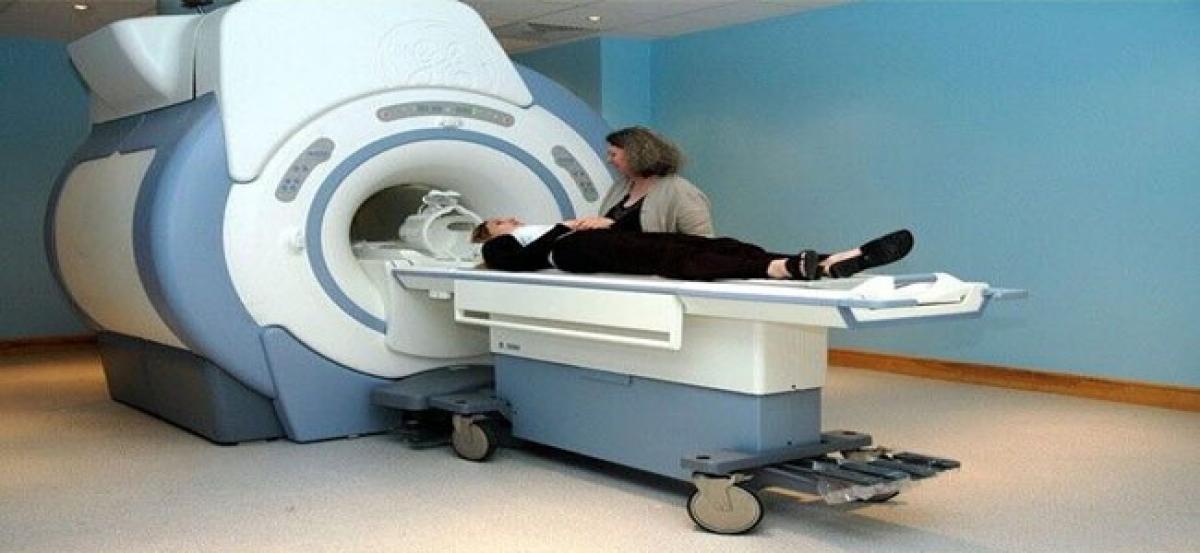Live
- 3,000 policemen to be deployed for PM’s visit
- Delhi Police to deploy undercover cops
- Two new Vande Bharat trains start rolling in Odisha
- Police questions ex-MP Nandigam
- Subhadra Swagat padayatra held at 10K places
- India to add 179 million people to its working age population by 2045
- 2,500-km-long human chain awarded by World Book of Records
- ‘How can you defend a person who has hurled casteist slurs on your community?’
- DKS visits New York sky-deck ‘The Edge’
- Doordarshan turns 65: A rich history of India’s state broadcast service









